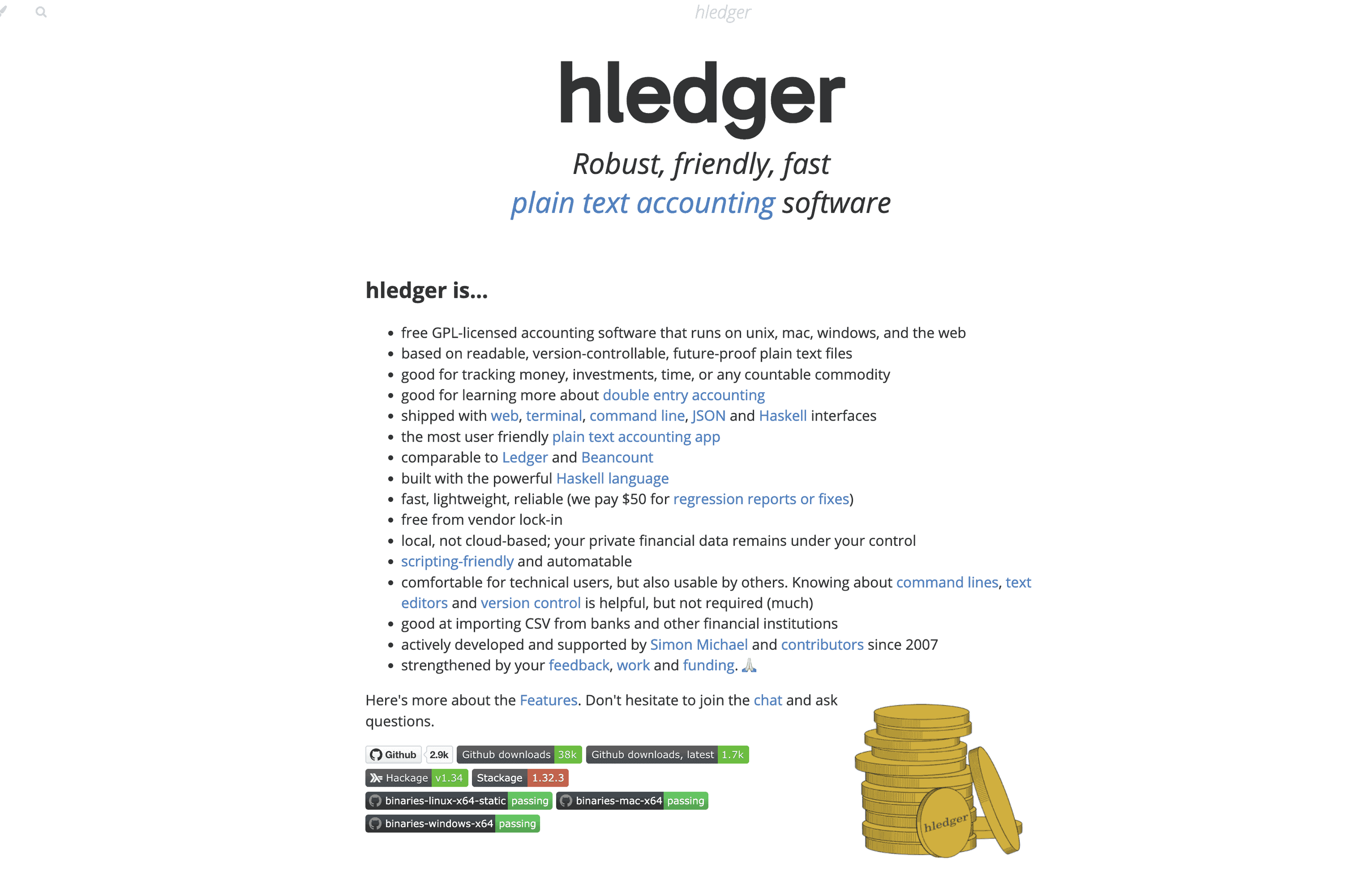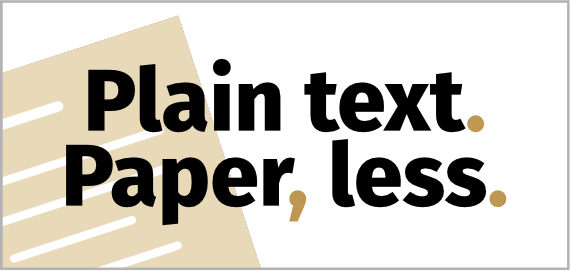This week: However you track your financial records, I hope you’ll be inspired by the fact that doing so in plain text is possible, and powerful! Read on to see how I edit my .journal file in Obsidian, an app that’s only designed for .md (Markdown) files.
No AI here; all words, ideas, and faults 100% human made. While paid subscribers are enormously encouraging and help me to keep writing, non-subscribers are always welcome to read for free.
My personal finances are entered and balanced in plain text accounting, and I’m chuffed as a kid who’s finally tall enough to ride the roller coaster at the fun fair!
To make navigating and generating reports easier (and until I learn a better way to do it), I’ve created shortcuts in Keyboard Maestro, my text expander of choice.
It’s nice to be able to type ;p11e and have it instantly expand into hledger -f 2024-ellane.journal -M incomestatement, followed by a ⏎. It’s even nicer that I finally know what all the components of it mean, and why they’re in that order! (Thanks to Johnny Decimal for lighting the way—it’s been life-changing)
So this morning I sat with a family member whose budget and accounts I’m helping to track, and was able to pull up all the figures we needed to see. Happy dance! FYI I’m using a combination of Ledger and hledger reports on the same data.
PTA allows for importing CSV files, but I prefer manually entering every transaction. It takes very little time when I keep on top of it. Handling each transaction individually keeps me mindful of how every choice affects the overall picture.

A year ago I was all-in with YNAB, and loved it. Still do, in some ways, but not enough to a) pay for it, or b) lock myself into a proprietary solution.
Here are five things I deeply appreciate about the plain text accounting approach:
Two years ago, when I first started wishing out loud to be where I am now, I wasn’t ready for it. I can see that now. Not because I wasn’t capable back then of learning the command line, but because I didn’t yet know enough about the principles of accounting. It’s taken some time, study and many error corrections, but now I’m convinced: double entry accounting is The Way!
I’m looking forward to filling in the gaps in both my CLI and accounting knowledge, one by one.
Why edit a .journal file in an app like Obsidian? A familiar environment and excellent Sync on all my devices! FYI I’ve chosen the .journal format over .md for the extra features available in VS Code.
I’m an Obsidian Sync subscriber so my PTA file is always up to date on my Mac, iPhone and iPad, and version controlled. It’s handy to be able to add transactions in small snatches of time via my phone, right into the .journal file.
Before I learned about the UNITADE plugin, which lets you edit any text file type in Obsidian, I typed these transactions into my One Big Text File and copied them into the .journal doc when back on my Mac.
There is a Ledger CLI plugin for Obsidian, but I didn’t have much luck with it. I prefer seeing what’s going on behind the scenes these days, anyway.
Tips for working with PTA files in Obsidian:
Minimal Theme Settings > Typography > Editor Font. Courier works right out of the box, or you can install your own mono font preference.Editor > Display . These disappear when in Reading mode.To be clear, my preference is to edit .journal files in VS Code. They’re stored in my Obsidian vault so that I can view and edit them in Obsidian on my mobile devices.
Horses for courses, my friend. Remember, you’re driving this boat / car / plane! However you run your numbers, I encourage you (as always) to keep your data in your backpack, not plaster it to the wall of a vehicle someone else owns.
This means regular exports into formats that will stand the test of time and loss of apps, but above all, it means thoughtful, informed consideration of all the implications of using a particular tool before you invest time and money into it.

Sign up to receive the latest content in your inbox
 PTPL 115 · There’s Something New at the Top of My One Big Text File
PTPL 115 · There’s Something New at the Top of My One Big Text File
 PTPL 117 · Oh, You Like Making Notes! Why Not Use… ?
PTPL 117 · Oh, You Like Making Notes! Why Not Use… ?